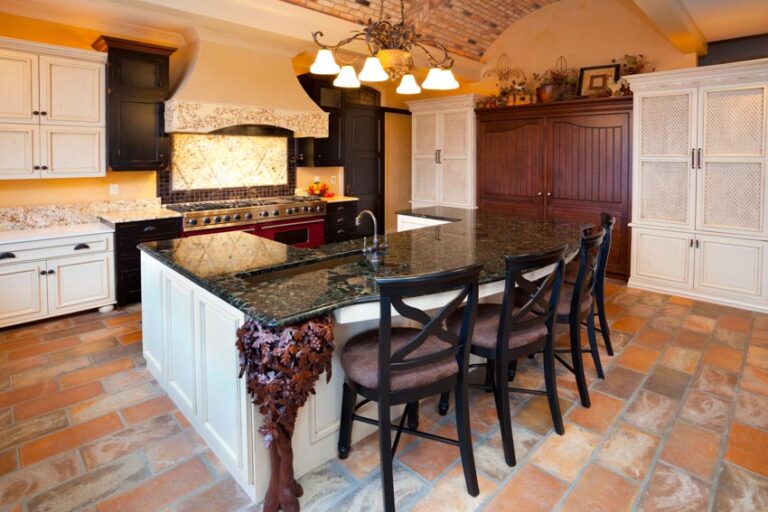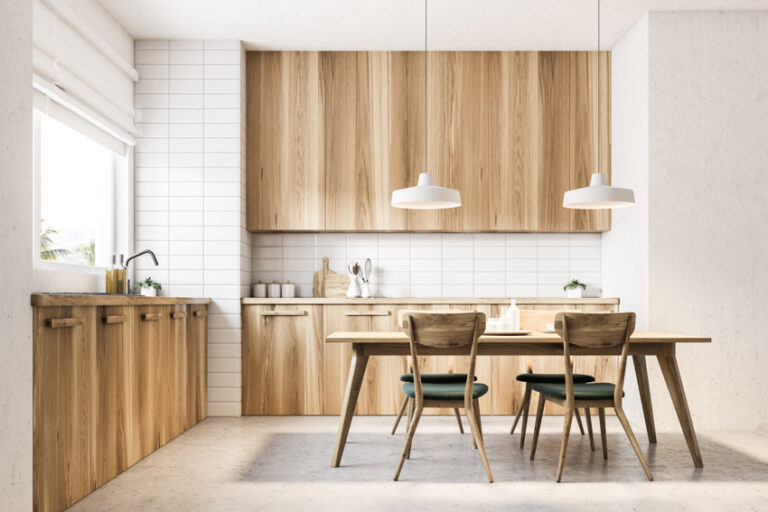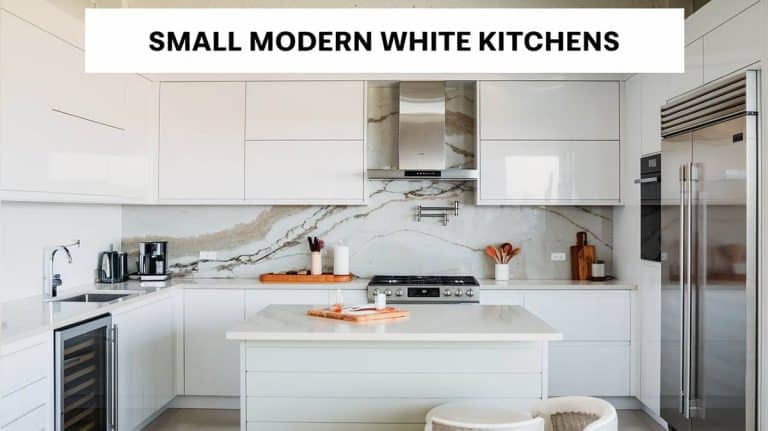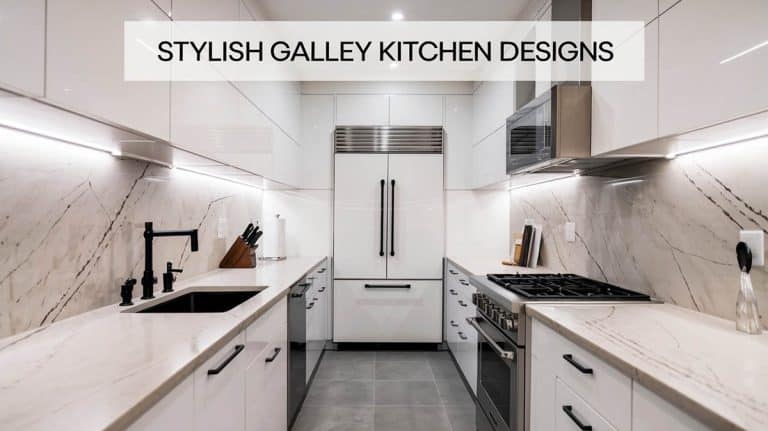4 Popular Types Of Wine Coolers And Which To Choose
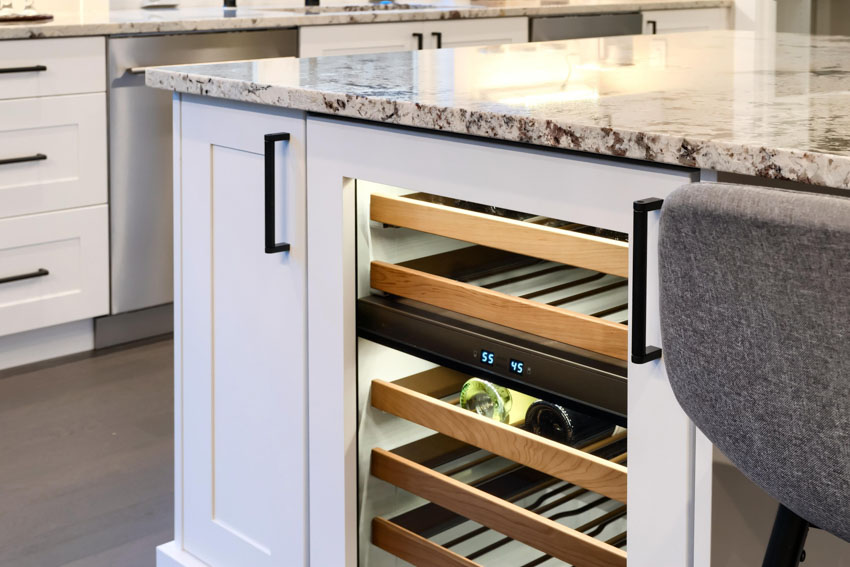
Wine is a perishable beverage that tastes best when stored under optimal conditions and brought to an appropriate temperature before serving. Storing wine bottles at the right temperature ensures they stay drinkable for as long as possible. Proper storage also benefits the taste and presentation of the wine.
Wine coolers are specially designed appliances built to store wine for up to a few years. They can be used for storage, or to prepare wine to be served. They maintain a steady temperature, ensuring your wine doesn’t degrade before you get a chance to drink it.
Wine coolers are generally glass-fronted, allowing the wine collection to be inspected without opening the doors. Because wine is sensitive to UV light, the glass on the doors often includes a UV-resistant coating.
Inside the doors is an insulated compartment filled with wine racks, usually made from wood or metal. The racks are generally built to accommodate standard-sized wine bottles though they may be adjustable.
A wine cooler sometimes contains anti-vibration technology to ensure sediment settles appropriately at the bottom of the wine bottle. Sediment that mixes throughout the bottle can affect the taste and drinking experience of the wine.
Wine coolers exist in a range of sizes, from countertop units that cool just a few bottles, to under-counter coolers with space for 20 standard-sized bottles, all the way up to massive coolers that can handle more than 100 bottles of wine.
Most wine coolers operate via the use of a compressor, circulating refrigerated gas to keep the insulated storage area at a cool and consistent temperature.
Some wine coolers transfer heat out of the storage area using a steady electric current, and these are known as thermoelectric wine coolers. Wine coolers can be single, dual, or multi-zoned, allowing them to store different beverages at various temperatures.
Learn about the pros and cons of each kind of wine cooler to help you make a decision about which is best for your situation. We’ll also answer common questions about wine coolers and refrigerators to clear up any confusion between the two.
Compressor Cooler

Most wine coolers are compressor wine coolers. A compressor wine cooler contains refrigerant gas and has four main parts; a compressor, an evaporator, a condenser, and a valve. As the gas cycles through each part, it changes from a gas into a liquid and then back into the gas.
These chemical changes allow heat to be transferred out of the storage unit and introduce chilled air. The cold air is circulated throughout the wine cooler with a fan, while hot air is expelled from the unit.
Pros And Cons Of A Compressor Cooler
A compressor wine cooler is the most popular type available and is among the best luxury kitchen ideas one can consider. They are easily able to chill the interior storage compartment to between 40 and 75 degrees, and this capability is unaffected by the surrounding air temperature.
Compressor wine coolers cycle on and off as needed, so they do not constantly draw power. This makes them more energy-efficient and less costly to run than thermoelectric models.
The major con associated with compressor wine coolers is the amount of noise these appliances generate. The compressor cycles on and off as necessary to maintain the temperature inside the storage unit.
As different parts move and the refrigerant travels through the machine, the environment can become quite noisy. Depending on the model, some small compressor wine coolers can be as loud as a full-size fridge.
If your wine cooler is located in a basement or garage, this may not be a concern for you. If you want a wine cooler in a study or living room, consider looking for the quietest models or switching to a thermoelectric model.
Compressor wine coolers contain coolant gasses that can be harmful to the environment. Care must be taken to properly dispose of compressor wine coolers once they have reached the end of their useful lives.
Thermoelectric Cooler
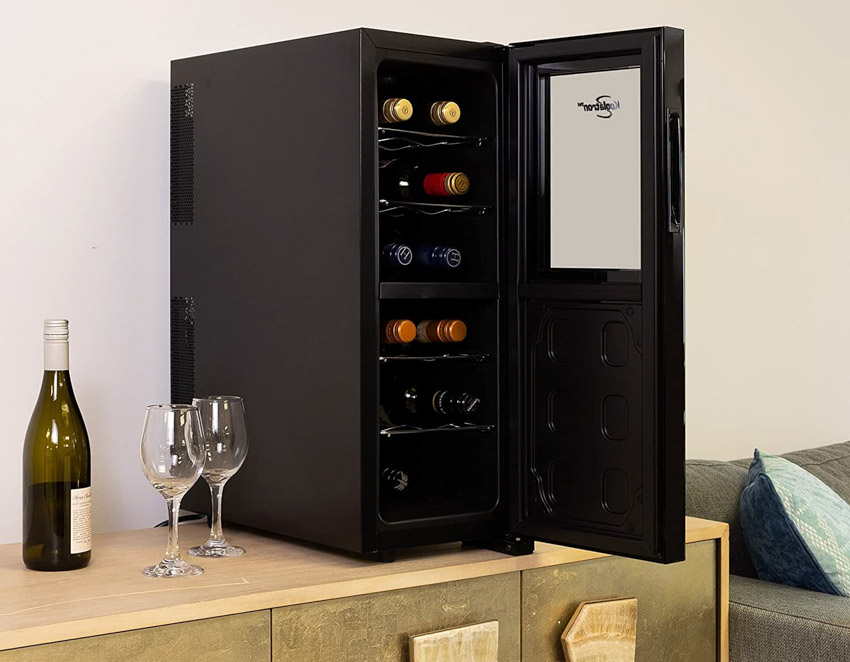
Thermoelectric wine coolers provide a cool and stable environment through an entirely different process than compressor wine coolers.
Instead of running refrigerated gas through a compression cycle, thermoelectric cooling requires a steady electrical current. This current courses between two conductors.
Because the conductors are made from different kinds of metal, one side of the circuit gets hot and the other side gets cold. Venting the hot air outside of the unit and keeping the cold air inside ensures a chilly temperature that is perfect for storing many kinds of wine.
Pros And Cons Of A Thermoelectric Cooler
The biggest advantage of a thermoelectric wine cooler is its virtually silent operation. Compressor wine coolers cycle on and off noisily, moving refrigerant through the evaporation and condensation cycles. By contrast, a thermoelectric wine cooler has no moving parts and is basically noiseless.
The lack of moving parts is also responsible for the second biggest advantage of a thermoelectric wine cooler: wine stored in this kind of cooler is not subject to any vibration.
Because vibration can affect the way sediment settles within the bottle, which can in turn affect the taste of the wine, vibration elimination is an important consideration for any serious wine collector.
The third major benefit to a thermoelectric wine cooler is that these units do not contain or emit coolant gasses.
While there are many great things about thermoelectric wine coolers, there is one possible drawback: there are limits to how cold they can get.
A thermoelectric wine cooler can reliably keep your wine about 20 degrees cooler than the temperature of the air around it. In hot weather, this may not be cold enough to keep your wine in good condition.
Even under the best of circumstances, thermoelectricity can only lower the temperature to about 50 degrees. While this is perfectly acceptable for red wines and most whites, it’s not quite low enough to properly store and serve sparkling wines.
If you regularly enjoy sparkling wines, this could be a major drawback. If you’re more of a red wine drinker anyway you may be perfectly happy with a thermoelectric wine cooler.
Thermoelectric wine coolers also require a constant flow of power, so they tend to be more expensive to operate than compressor-based models.
Single Zone Cooler

Single zone wine coolers are available in thermoelectric and compressor-based models. In a single zone wine cooler, the entirety of the insulated storage container is cooled to one consistent temperature.
Pros And Cons Of A Single Zone Cooler
Single zone wine coolers tend to be less expensive than dual or multi-zone wine coolers, making them ideal for a first purchase.
They are perfect for wine storage up to several years in length, and can keep both red and white wines from degrading when set to 55 degrees Fahrenheit.
They can also be used to bring previously-stored wine up to service temperature, ensuring it is ready to be enjoyed at a moment’s notice.
However, there is a significant drawback to a single-zone wine cooler – the entire compartment is one temperature. If you want to prepare both red and white wine for service, you would need two single-zone wine coolers.
Dual Zone Cooler
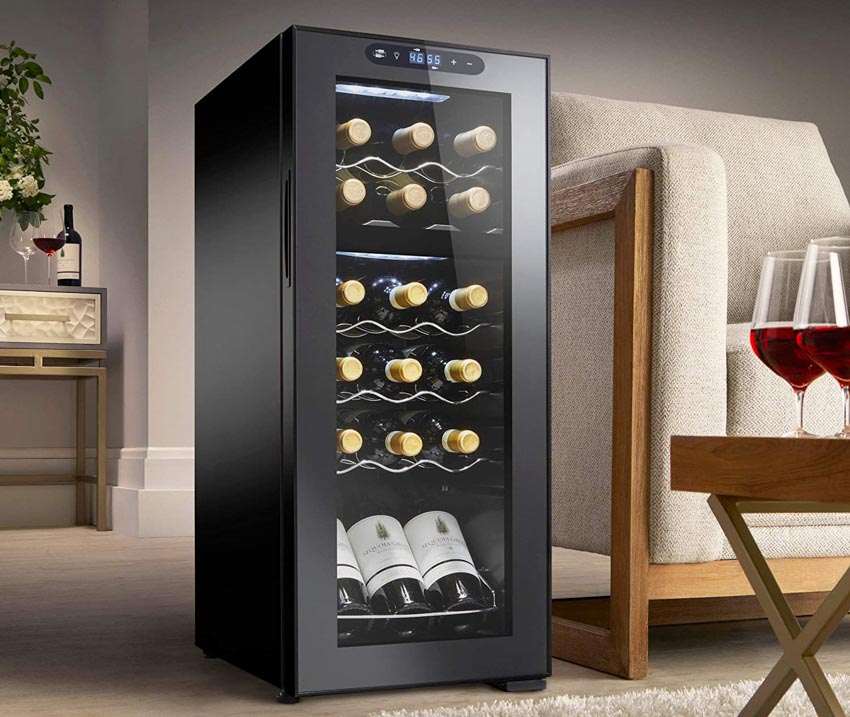
A dual-zone wine cooler features two separate storage spaces called zones. The temperature of each zone is independent, and they can be adjusted separately. This allows the creation of two zones, each held at a different temperature.
Because different wines are best served at different temperatures, a dual-zone wine cooler allows flexibility and variety.
One popular configuration for dual-zone wine coolers is to choose a red wine-compatible temperature for one zone and a white wine-compatible temperature for the other side.
Pros And Cons Of A Dual Zone Cooler
The main benefit of a dual-zone wine cooler is its flexibility.
A dual-zone wine cooler can chill two types of beverages to different temperatures within a single unit. It consists of two self-enclosed compartments, each with an adjustable thermostat.
Dual-zone wine coolers are ideal for households that enjoy both red and white wines, offering customizable temperatures for each zone. Consumers who have a strong preference for one type of wine may not get as much use out of dual-zone wine coolers.
While the traditional arrangement would be to designate one zone for red wine and the other for white, dual-zone wine coolers can also be used to store sparkling wine, provided the temperature range goes low enough.
Another benefit that dual-zone wine coolers offer is the ability to store and serve wine from a single unit.
By setting one zone to storage temperature and the other zone to the ideal serving temperature, wine connoisseurs can get the most functionality out of a single unit. Multi-zone wine coolers, with more than two compartments, are also available. See our gallery of wine closet ideas here.
What Is The Difference Between A Wine Cooler And A Wine Refrigerator?
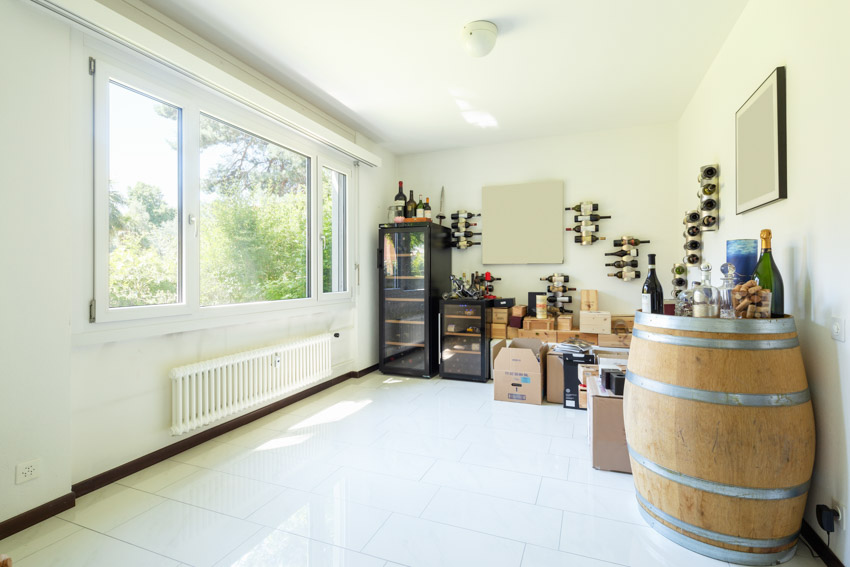
The differences between a wine cooler and a wine refrigerator are numerous. They include the intended purpose of each appliance, its size and design, and its capabilities and features. Wine refrigerators are intended to provide a long-term storage solution and are most often used to preserve wine during the maturation process. They are appliances with large refrigerator dimensions and are often decorative, although smaller and more utilitarian models certainly exist.
A wine refrigerator not only controls the temperature but also monitors and automatically adjusts the humidity of the storage environment. Appropriate humidity levels prevent cork stoppers from drying out, which ensures no air leaks into the bottles. Wine refrigerators are heavily insulated, and capable of maintaining a stable temperature.
Wine coolers tend to be much smaller, and the majority of wine coolers are under-counter units. They provide insulated short-term storage for wine at a relatively stable temperature, although a wine cooler will fluctuate more than a wine refrigerator. Wine coolers do not control the humidity of the storage container and therefore are not suitable for long-term wine storage.
Most wine coolers are filled with racks sized to accommodate standard wine bottles. Wine coolers ensure that your wine is always ready to drink, provided that you set the cooler for the correct temperature. Note that the ideal storage temperature differs between red and white wines. Some wine coolers have multiple zones to accommodate both kinds of wine, while others are single-zone.
Does A Cooler Get As Cold As A Refrigerator?
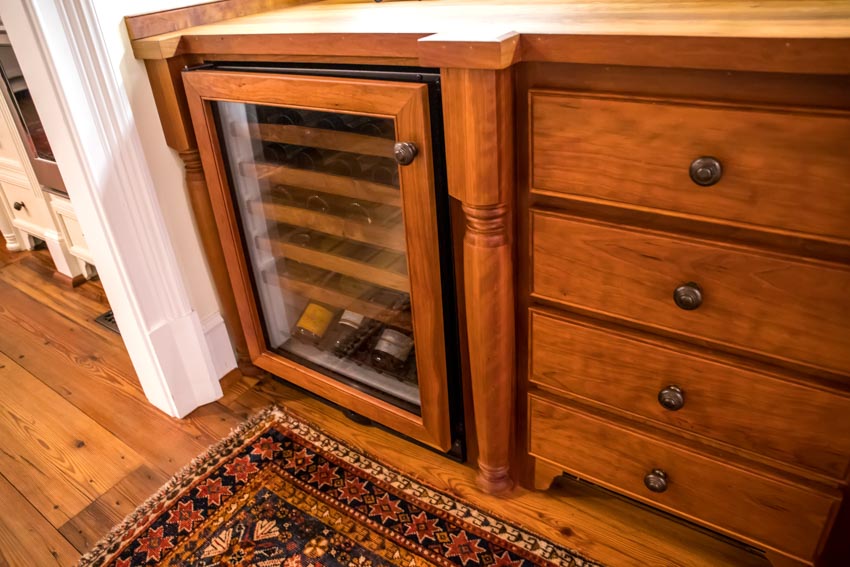
No, wine coolers don’t get as cold as refrigerators. Most wine coolers are built to sustain a temperature between 40 and 75 degrees Fahrenheit. Refrigerators, which are built to store perishable food, operate at significantly lower temperatures. 40 degrees is the maximum acceptable temperature for this purpose, according to the FDA. Most refrigerators are set between 32 and 40 degrees Fahrenheit.
Can I Use A Regular Refrigerator To Store Wine?
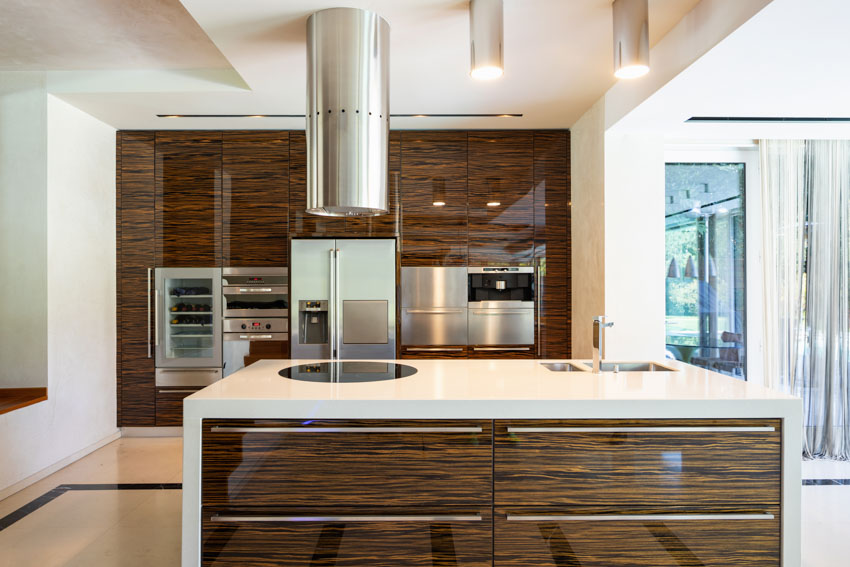
No, you can’t use a regular refrigerator as a wine cooler. A regular refrigerator, an appliance found in most kitchen layout dimensions, is designed and insulated with perishable food storage in mind. They operate at temperatures below 40 degrees Fahrenheit.
That temperature is too low for ideal wine storage. Using a regular refrigerator as a wine cooler will result in wine that is too cold. Not only will the wine smell different, but the taste can change as well. You may find that the wine tastes tart, tangy, or flavorless. Wine coolers also circulate air more frequently than regular refrigerators.
What Temperature Should A Cooler Be?

The ideal temperature for your wine cooler depends on what kind of beverage you are using it to store.
- Sparkling wines require the lowest temperatures and ideally should be stored between 40 and 50 degrees Fahrenheit.
- White wines fare best at a slightly warmer temperature, usually between 45 and 50 degrees.
- Red wine should be kept between 50 and 65 degrees.
If you have a single-zone wine cooler, 55 degrees is an acceptable compromise and will allow you to store both red and white wines reasonably close to their ideal temperatures.
If you intend to use the cooler just for one type of wine or have more than one zone, you can set the temperature according to your personal preference within the recommended range.
See more related content in our article about how to turn a closet into a wine cellar on this page

